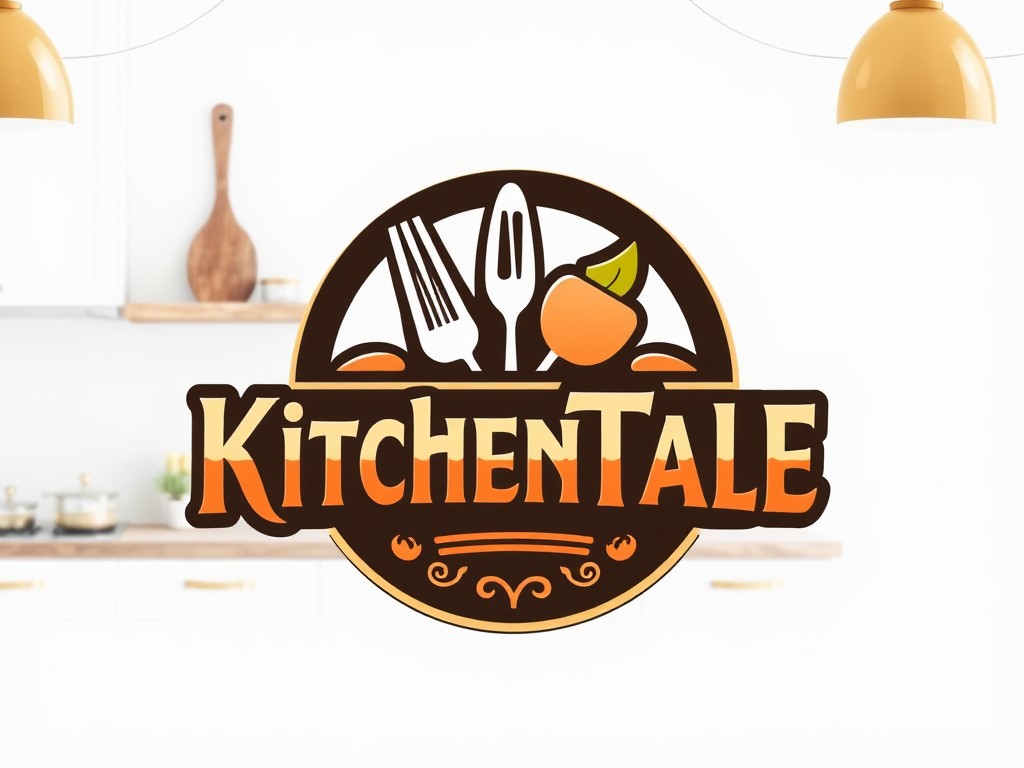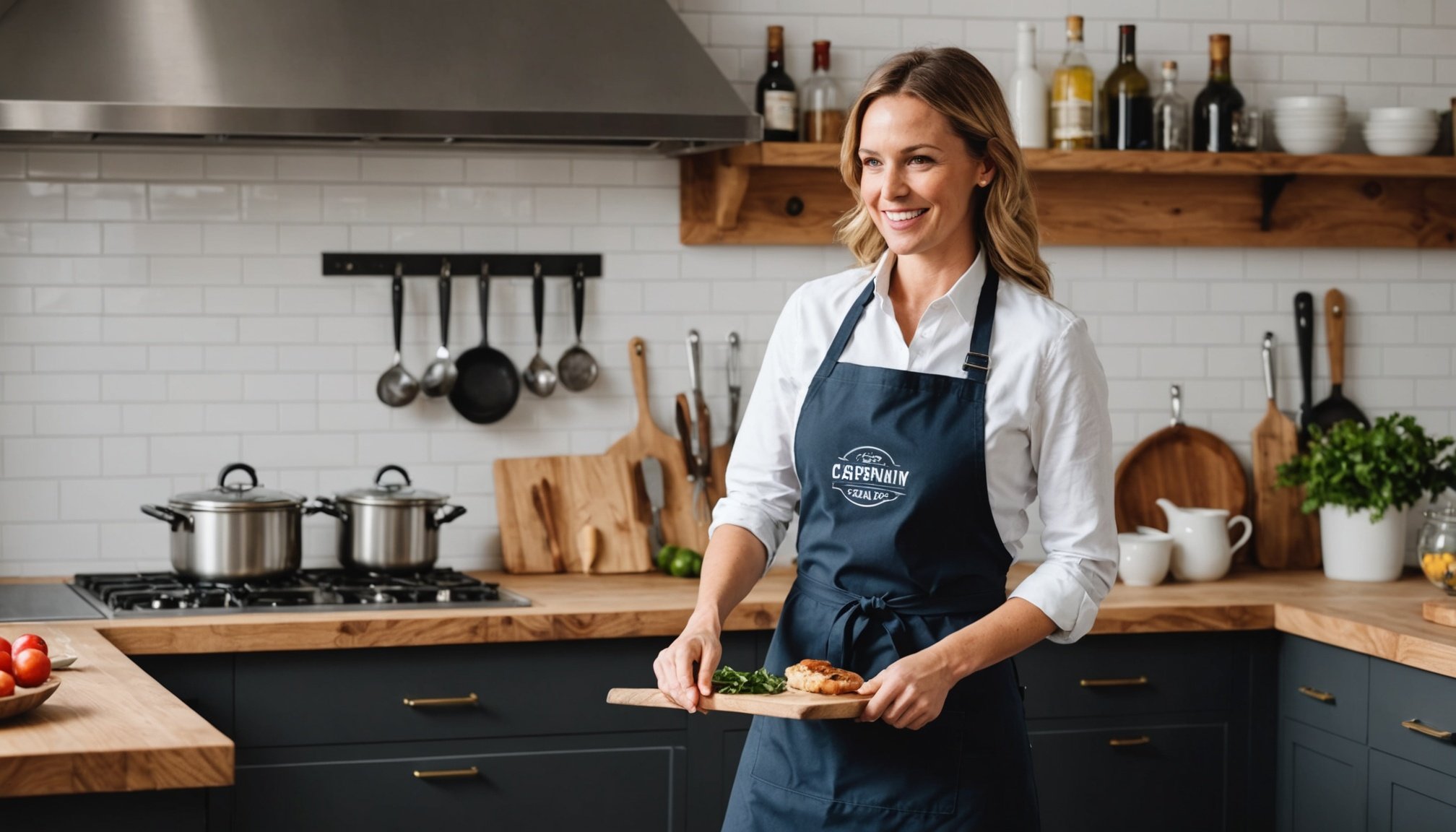Understanding Apron Styles
Apron styles have evolved significantly over the years, moving beyond just fabrics to encompass a variety of designs and functionalities. Historically, aprons have been essential culinary accessories, with styles adapting to cultural and cooking needs. From smocks used by painters to sophisticated barista aprons, each design serves a specific purpose.
Apron Styles and Cooking Styles
Different cooking styles influence the choice of apron. For instance, a barbecue enthusiast might prefer an apron with extra pockets and thick material for durability, while a baker might lean towards a lighter, shorter apron for ease of movement. Understanding these culinary accessories’ key characteristics can make selecting the right style for your cooking style far easier. Look for features like:
Also to read : Mastering fish scaling made easy: your ultimate guide to choosing the perfect quality scaler
-
Material: Choose based on the cooking environment—cotton for coolness or leather for heat resistance.
-
Length and Fit: Ensure freedom of movement but with sufficient coverage.
Also to discover : Delve into the unique flavors of troyes andouillettes
-
Pocket Design: Essential for keeping tools handy during culinary tasks.
Selecting the appropriate apron style enhances both functionality and personal style in the kitchen. Taking these factors into account ensures you have the best apron for your specific needs.
Practical Benefits of Each Apron Type
Choosing the right apron can transform your kitchen tasks from mundane to delightful, all while enhancing the overall apron functionality.
Utility Aprons
For everyday cooking, utility aprons are indispensable. Their practical benefits include numerous pockets to store markers, thermometers, and other essential kitchen tools. This keeps handy items within reach, ensuring efficiency.
Fashion Aprons
Fashion aprons are where style meets function. Beyond enhancing apron functionality, these aprons allow you to express your personality while cooking. Manufacturers craft them with high-end fabrics and vibrant designs, catering to those who take kitchen fashion seriously without compromising on practical benefits.
Eco-Friendly Aprons
If sustainability is a priority, eco-friendly aprons offer a compelling choice. Made from materials like organic cotton or recycled fibres, they minimise environmental impact. These aprons provide both practicality and a statement that aligns with eco-conscious values, making them perfect for the environmentally-minded chef.
Recommended Fabrics for Different Cooking Situations
When selecting apron materials, it’s crucial to consider durability, kitchen safety, and comfort as primary factors. Cotton is a popular choice due to its breathability and comfort, but its durability can vary with different weaves and blends.
For cooking situations involving high heat or potential splashes, a combination of cotton and polyester is often recommended. This blend provides increased durability and resistance to wear while retaining comfort.
Heat-resistant fabrics like Kevlar offer excellent protection, especially when dealing with open flames or high temperatures. Kevlar’s protective capabilities make it a reliable choice for professional chefs.
For tasks prone to staining, such as baking or mixing, look for aprons made from oilcloth or Teflon-coated materials. These stain-resistant options offer added protection against spills and are easy to clean, enhancing overall kitchen safety.
In terms of comfort, lightweight fabrics or aprons with adjustable straps may improve wearability, allowing for more prolonged use without discomfort. Thus, selecting the right apron material not only enhances efficiency but ensures that safety and comfort are maintained while cooking.
Styling Tips for a Personal Touch
Adding a unique flair to your apron is a brilliant way to express personal style while enhancing your kitchen’s aesthetic. Accessorising aprons is an art in itself, allowing for a blend of functionality and fashion. Consider integrating fabric patches or pins that mirror your interests or hobbies. These elements not only give an apron a personal expression but also invoke a sense of individuality.
Colour coordination is another effective strategy. Aligning apron hues with your kitchen’s decor or your attire creates a cohesive look. For instance, a vibrant apron can complement bold kitchen colours or stand out against a more neutral backdrop. The balance of tones plays a crucial role in achieving visual harmony.
Moreover, embroidery and custom designs further personalise aprons. Embroidered initials or favourite symbols transform a simple piece into a statement. Personal messages or quotes infuse warmth and a sense of ownership.
- Choose patches or pins that resonate with you
- Match apron colours with kitchen tones
- Embroider personal touches like initials or symbols
These tips don’t just improve apron styling but make entering the kitchen an opportunity to showcase your creativity.
Maintenance and Longevity of Aprons
Proper care is vital to preserving the useful life of your aprons. By applying the right maintenance tips and care practices, you can ensure their longevity.
Washing and Storing
Different apron fabrics require specific care based on their material. For example, cotton aprons can typically handle a regular warm machine wash, whereas delicate materials like linen should be washed in cold water to avoid shrinking. Always check care labels for specific apron care instructions. When storing aprons, fold them neatly or hang them to prevent wrinkles and creases, which can contribute to wear over time.
Repairing Common Damage
Every day use can lead to wear and tear. Simple sewing skills can fix small tears and reinforce seams. Use patches or fabric glue for any holes. Maintaining thread tightness ensures apron durability. These maintenance tips can vastly extend the lifespan of your aprons.
Seasonal Care Tips
Seasonal transitions can affect apron materials. During humid months, ensure aprons are completely dry before storage to prevent mildew. In colder months, consider using moth repellent if storing for extended periods. These apron care strategies preserve fabric integrity and prepare aprons for long-term use.
Where to Purchase the Ideal Apron
Choosing where to buy your perfect apron can greatly influence your satisfaction with the purchase. Several popular retailers, such as department stores and specialised kitchen shops, offer a broad range of styles and materials, making apron shopping more enjoyable and varied. For those who prefer the convenience of online shopping, websites like Amazon and Etsy present extensive collections suitable for any taste or requirement.
Purchasing from local artisans provides unique, handcrafted aprons that offer character and individual design. Supporting local craftsmen fosters community engagement and often results in a quality product that mass production can’t achieve. Bespoke aprons often feature meticulous craftsmanship and attention to detail, enhancing both function and aesthetic appeal.
When shopping for an apron, consider a checklist to ensure quality and fit. Key items on this list should include: ensuring the material is durable and machine washable, checking for adjustable straps for a comfortable fit, and considering style preferences such as colour and pattern. These sourcing tips can help in making an informed decision that will serve your needs and preferences well.











